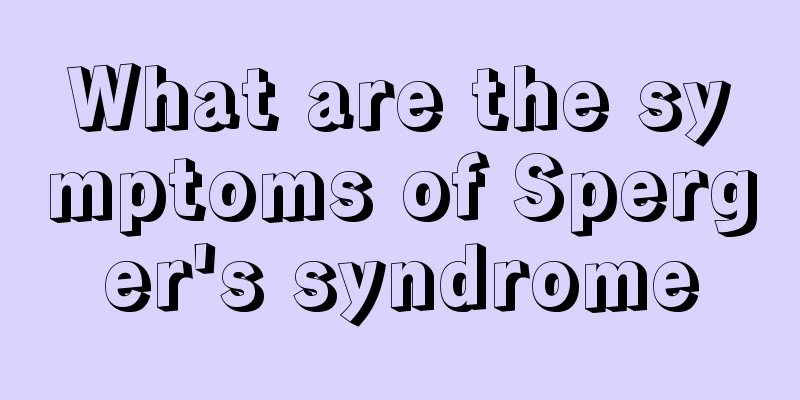Progress in the treatment of non-small cell lung cancer

|
Lung cancer is a common health enemy of mankind. In the past 30 years, the mortality rate of lung cancer in my country has increased by 4.6 times. The World Bank predicts that the number of lung cancer deaths in China will increase by 5 times in the next 20 years. The incidence and mortality of lung cancer in my country will continue to rise. Among all lung cancer patients, about 80% have non-small cell lung cancer. Latest progress in the treatment of non-small cell lung cancer A study by Boston Children's Hospital and Dana-Farber Cancer Institute found that an existing drug can help treat patients with chemotherapy-resistant non-small cell lung cancer (NSCLC). The researchers' results in human tumor cells and mouse studies open a window into the vulnerability of non-small cell lung cancer. The study was published online January 28 in the journal Nature. Dr. Carla Kim from Boston Children's Hospital Stem Cell Research Program Non-small cell lung cancer is the leading cause of cancer-related deaths worldwide. It is a highly genetically complex cancer with multiple different subtypes, each with different genetic mutations. Lung tumors with BRG1 mutations or EGFR mutations are two common subtypes that do not respond to standard chemotherapy. Researchers have enhanced the effectiveness of a common chemotherapy drug, etoposide, by adding an epigenetic drug that is already in clinical trials. In contrast, when the researchers added the same epigenetic drug (EZH2 inhibitor) to the treatment of some NSCLC patients who did not have BRG1 mutations and EGFR mutations, the patients became more resistant to chemotherapy. These findings advance the concept of personalized "precision medicine" for cancer, incorporating epigenetic drug therapy guided by tumor genetic testing. The study also suggests that tumor genetic testing should screen for mutations in the natural tumor suppressor gene BRG1. While tumor genetic testing does look for EGFR mutations and other known "driver" mutations, genetic testing to screen for BRG1 mutations is not widely used today. It is estimated that approximately 10% of patients with non-small cell lung cancer have BRG1 mutations, and there is currently a lack of targeted therapies for this genetic subtype. "Etoposide plus an EZH2 inhibitor could be a first-line treatment for BRG1 mutant tumors and a treatment option for EGFR mutant tumors that are resistant to tyrosine kinase inhibitors," said Christine Fillmore, Ph.D., the study's first author and a member of the Stem Cell Research Program at Boston Children's Hospital. EZH2 is closely associated with cancer progression and is part of a complex of molecules that determine which genes in a cell are turned "on" or "off," also known as the cell's epigenome. Epigenetic drug therapy has become a hot area of cancer research, and researchers are also using EZH2 to treat other cancers, including B-cell lymphoma and malignant rhabdoid tumor, in phase I/II clinical trials. However, more rationale has been needed for the use of EZH2 inhibitors in preclinical studies to treat lung cancer, said Kwok-Kin Wong, MD, an oncologist and professor of internal medicine at Dana-Farber Cancer Institute and Harvard Medical School, and a co-author of the study. The researchers hope their findings will encourage the pharmaceutical industry to test the efficacy of EZH2 inhibitors in combination with chemotherapy in patients whose tumors have BRG1 mutations or EGFR mutations. "This study provides more accurate predictions for which cancer patients will be sensitive to EZH2 inhibitors and suggests that even epigenetic drug treatments need to be specifically tailored to match their genotype," said senior author Carla Kim, PhD, associate professor in the Department of Genetics at Harvard Medical School and the Stem Cell Research Program at Boston Children's Hospital. “We don’t have to invent new drugs because we have them now,” Dr. Wong added. “That’s very satisfying.” Medical technology and drug development belong to the category of scientific research, which requires a relatively good research environment and corresponding institutional incentives to ensure and promote the improvement of research and development levels. The source of funds for this study on non-small cell lung cancer shows how much the United States values the development of medical technology and drugs for non-small cell lung cancer. The NSCLC study was funded by grants from the Women's Council of the American Veterans of Foreign Wars, American Cancer Society grant PF-12-151-01-DMC, a Meryl Bralower Uniting Against Lung Cancer Young Investigator Award, Boston University Undergraduate Research Opportunities Program, grant RO1HL090136, grant U01HL100402RFA-HL-09-004, American Cancer Society Research Scholar Grant RSG-08-082-01-MGO, the V Foundation for Cancer Research, the Basil O'Conner Marchof Dimes Starter Award, the Harvard Stem Cell Institute, the Lung Cancer Research Foundation, National Institutes of Health grants (CA122794, CA140594, CA163896, CA166480, CA154303, and CA120964), the NIH Intramural Research Program, the National Cancer Institute, Center for Cancer Research, and NIH grant K08CA163677. Chinese pharmaceutical companies are currently unable to develop new cancer drugs on a large scale, but due to the huge patient base, some generic drugs that lag 20 years behind foreign patented drugs (generally, the patent protection period for drugs in various countries is 20 years) are still widely welcomed by the market. With the rise of overseas medical treatment, domestic patients have more and more ways to obtain new technologies and new drug information, and going abroad for medical treatment has become a new medical treatment option for some high-net-worth individuals. |
<<: Specific medicine for advanced lung cancer
>>: The latest progress in the treatment of non-small cell lung cancer
Recommend
What are the treatments for knee pain
Nowadays many of us are exhausted from work. So a...
What are the ways to prevent prostate tumors?
In recent years, the incidence of prostate tumors...
Keep doing these and you will age slower
Small changes in lifestyle can help prolong your ...
What are the differences between neurofibromatosis type 1 and type 2? Will neurofibromatosis affect a person's lifespan?
Neurofibromatosis (NF) is a benign tumor that occ...
How to choose a microwave oven
The microwave oven is a commonly used household a...
What should I do if the zipper keeps sliding down?
The zipper always slides down quietly after being...
Why do fingernails break easily?
Hands are a very important part of our body. With...
The best childbearing age combination for men and women
What kind of wife or husband can give birth to a ...
The difference between rheumatism and bone cancer
A 15-year-old girl had a bone tumor (commonly kno...
What kind of exercises can help with cervical cancer
Early cervical cancer is usually treated with sur...
Signs of colon cancer in stool
Why is normal bowel movement an important indicat...
The symptoms of hip ligament strain are these
In daily life, we often see some people with one ...
Does grass carp have many small bones?
Many friends who love to eat fish have a problem ...
What are the measures to promote expectoration
If the human body has phlegm, it is a very troubl...
Which virus may cause prostate cancer?
A study published by US researchers shows that a ...









